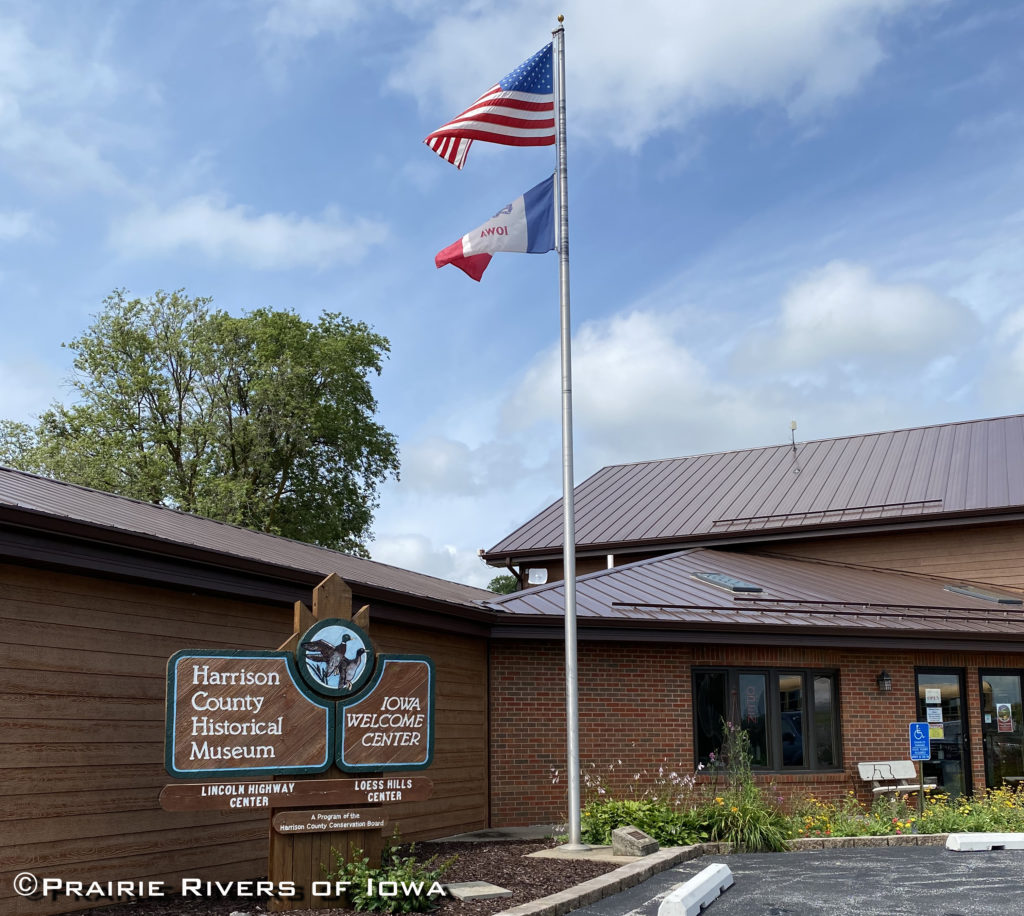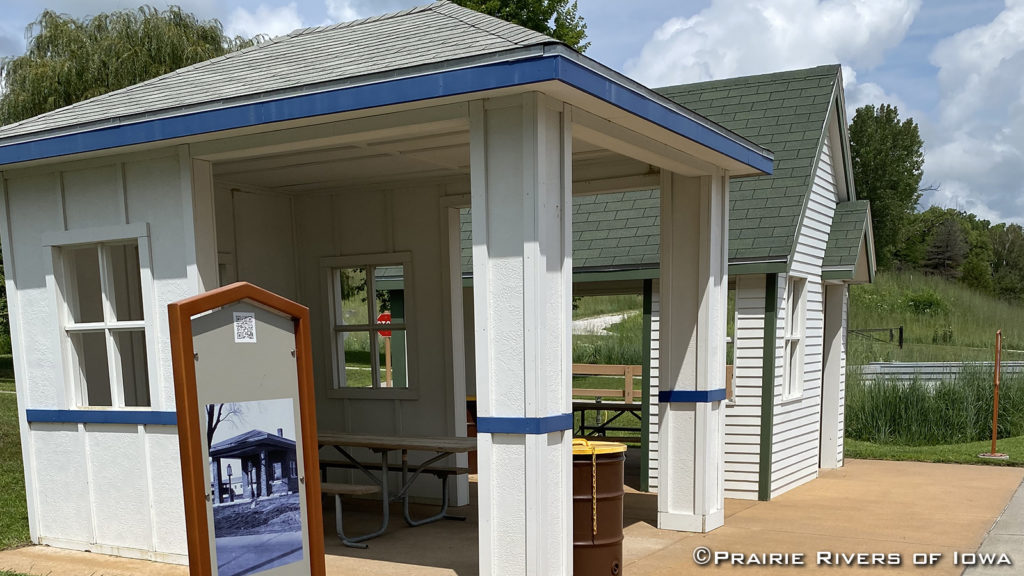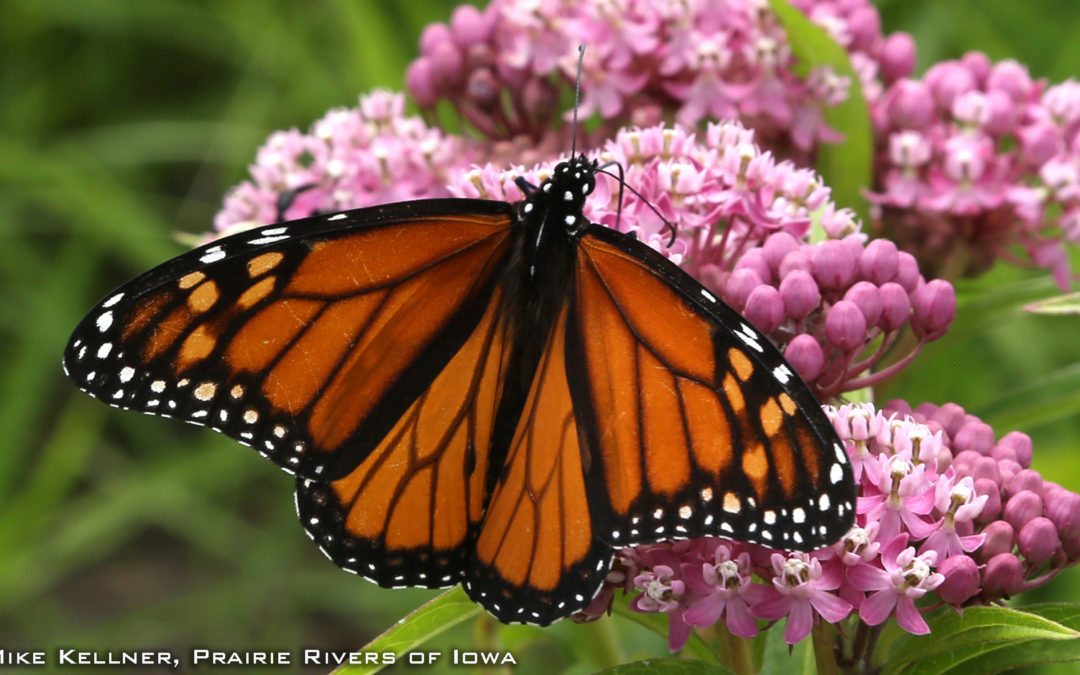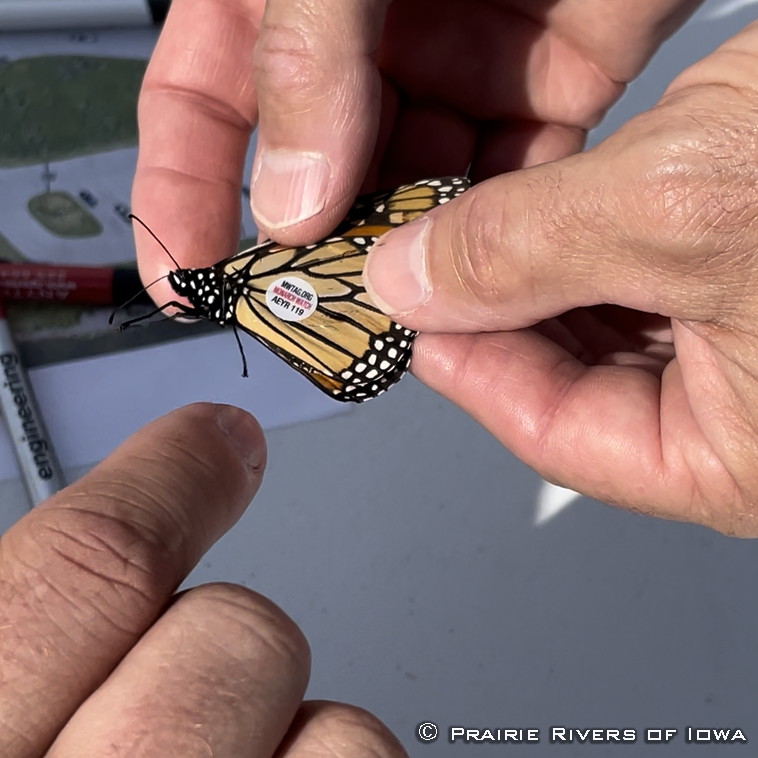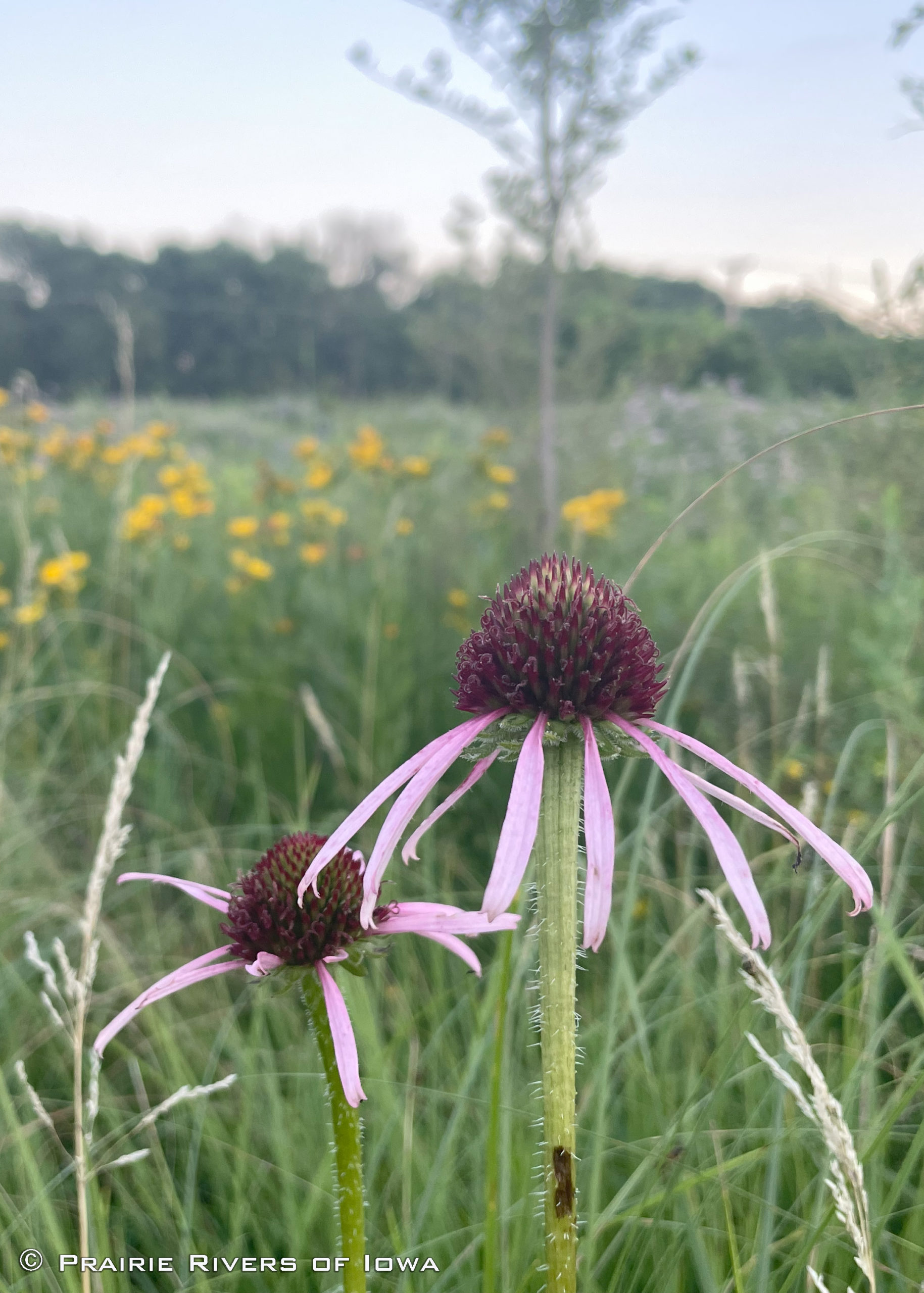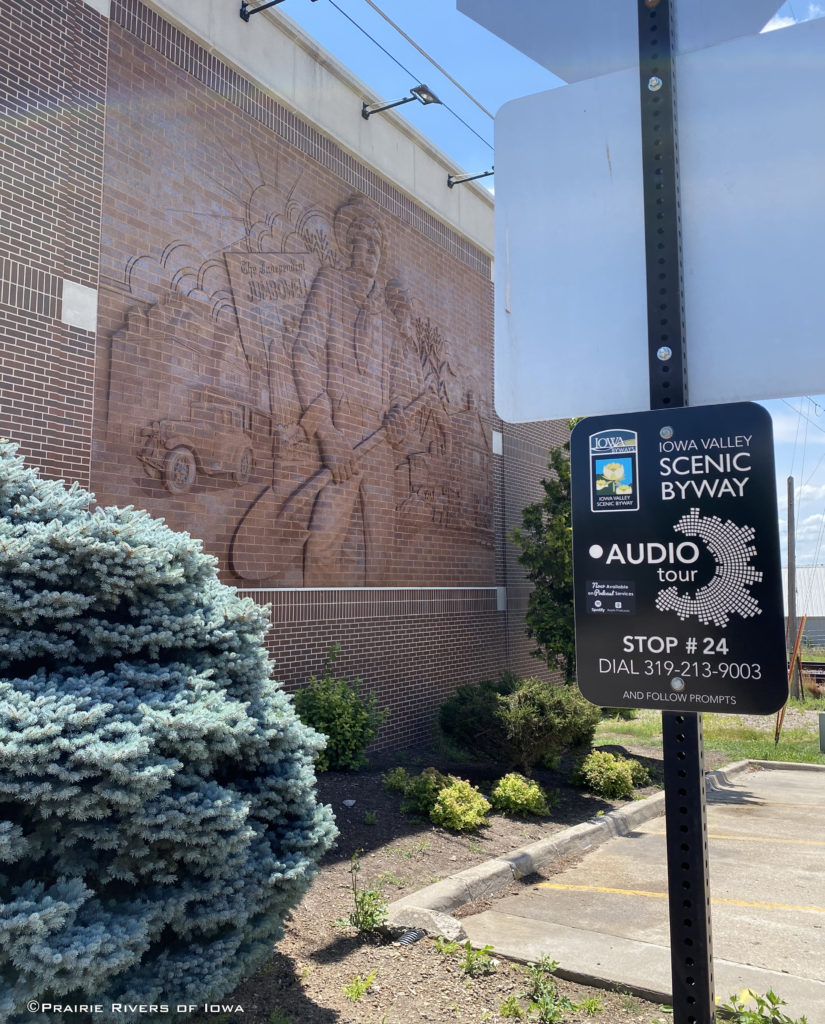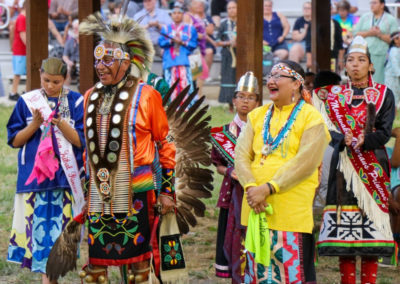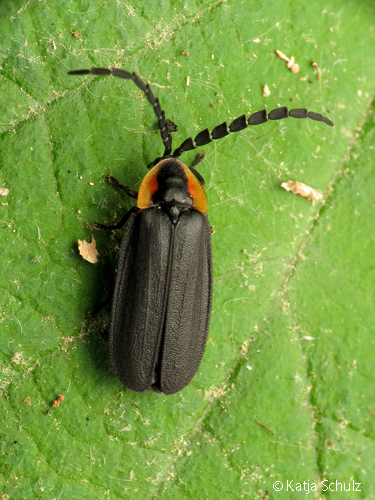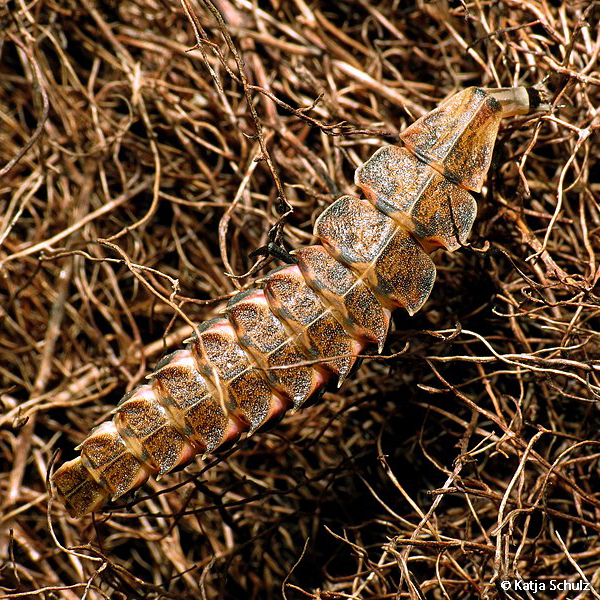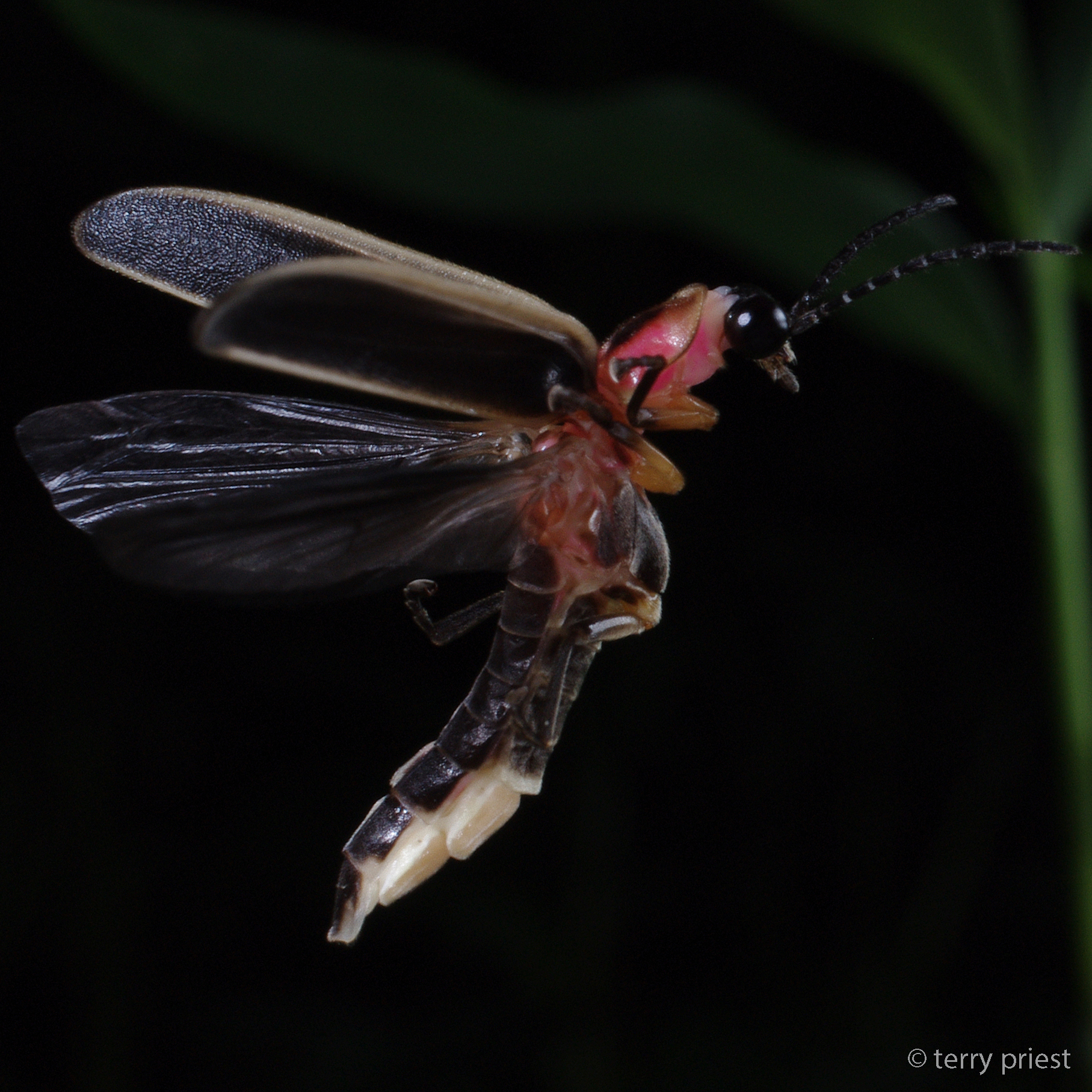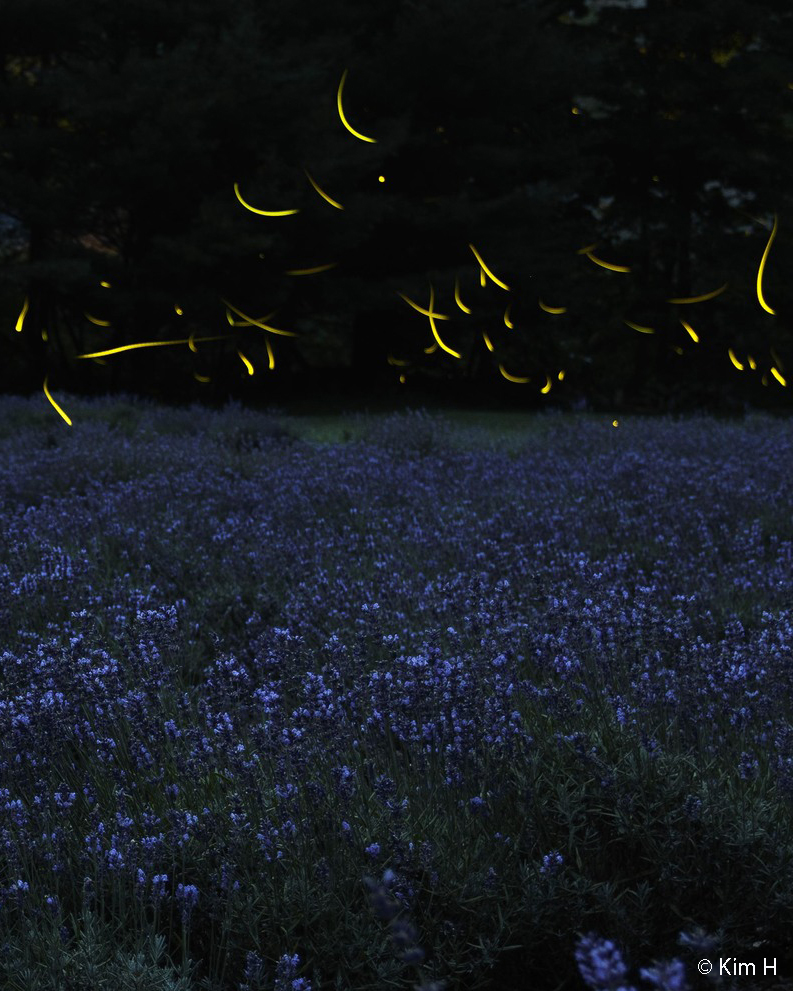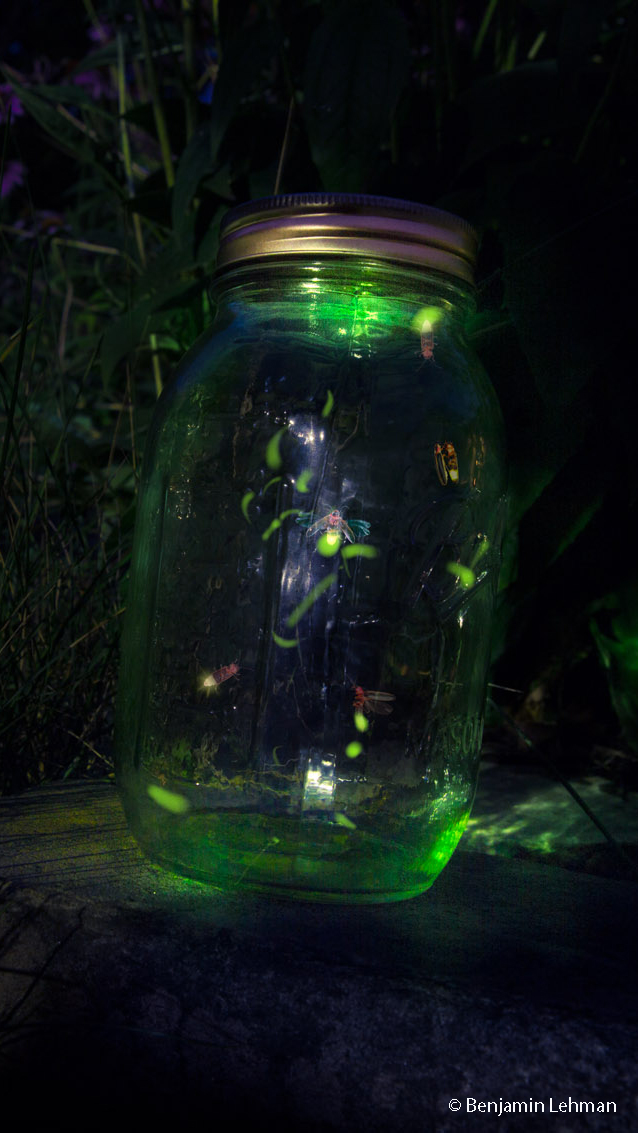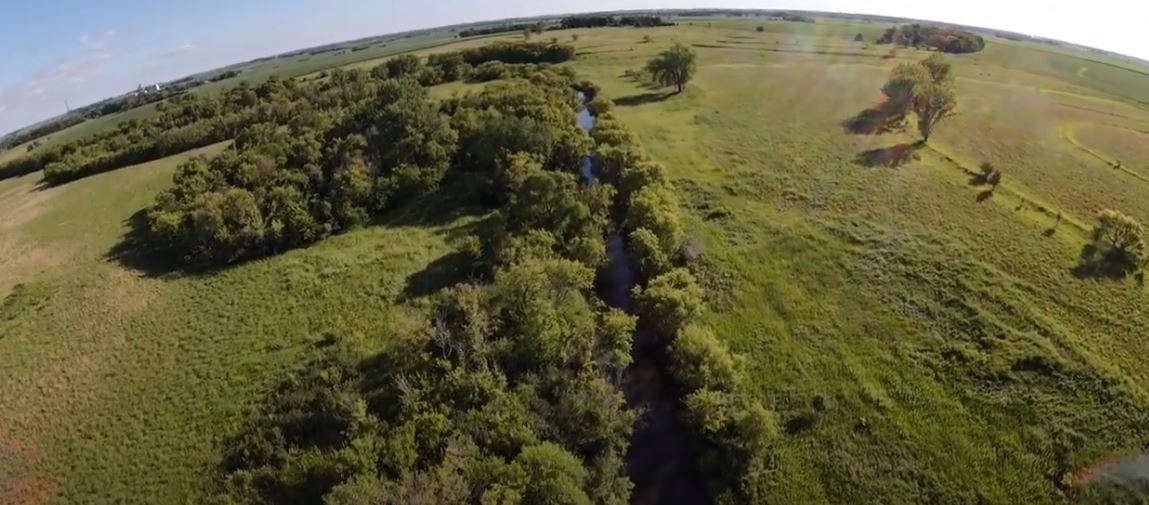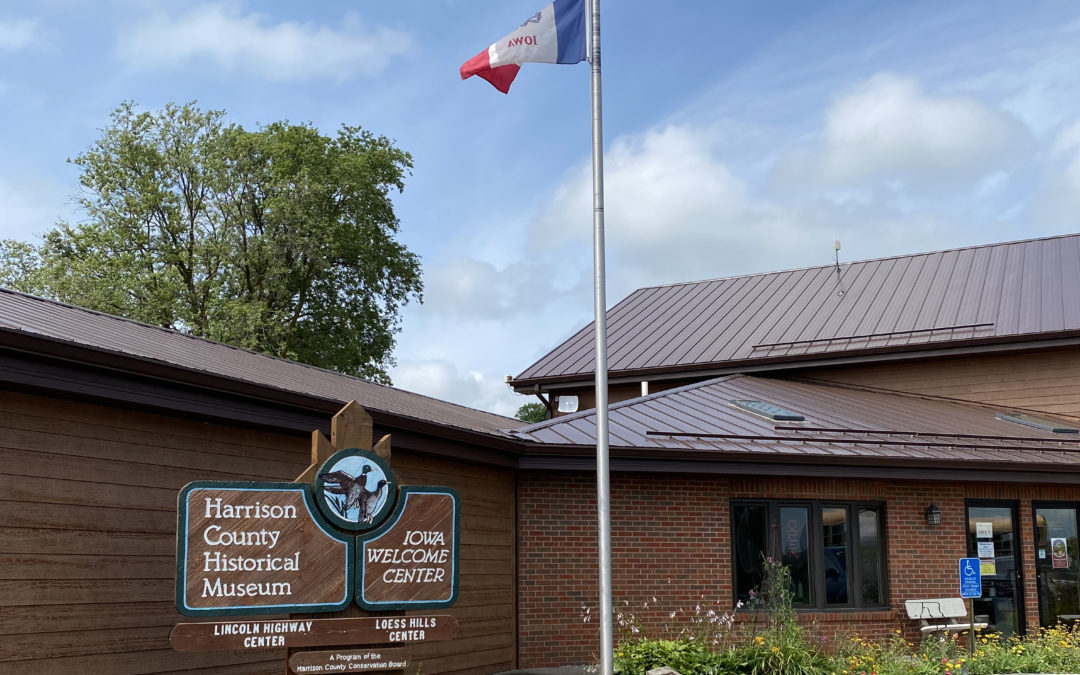
Welcome Center On Unique Five-Mile Stretch
Lincoln HighwayHeritage Byway Coordinator Jeanie Hau also contributed to this article.
Currently, the Lincoln Highway Traveling Exhibit is at the Harrison County Historical Village and Welcome Center located three miles northeast of Missouri Valley, Iowa. So we thought there was no better time to tell you about this exceptional complex. Owned and operated by Harrison County Conservation, the welcome center is on a unique five-mile stretch where three of Iowa’s Scenic and Heritage Byways coexist — the Western Skies Scenic Byway, the Loess Hills National Scenic Byway, and the Prairie Rivers of Iowa-managed Lincoln Highway Heritage Byway. Furthermore, the complex is listed as a welcome center for the Lewis and Clark National Historic Trail.
The complex and conservation area includes a historical village, a playscape incorporating a Lincoln Highway theme, an old gas station turned into a picnic shelter, one of Iowa’s 99 Freedom Rocks, a Lincoln Highway Marker in its original location, and a mile-long hiking trail through a portion of Loess Hills. To top off the view from the complex, there is a balcony spelling out, “Lincoln Highway” and a selfie station. It’s wonderful to fill visitors in about the highway and how it got started,” boasts Welcome Center Program Director Kathy Dirks, “The center’s auditorium showcases historical photos of the Lincoln Highway many of which depict locations a traveler can still see today.” Some Lincoln Highway in Iowa images that are on display include the First Seedling Mile, the Honey Creek Cut, the Iowa Lincoln Highway Bridge in Tama, and Lincoln Way in Ames that many visitors find it hard to believe was once a muddy road Dirks remarked.

